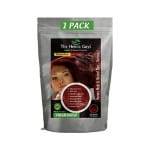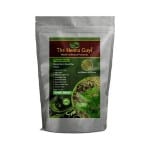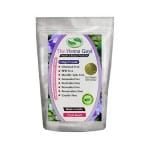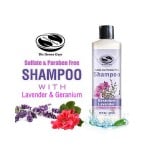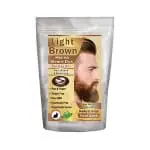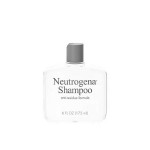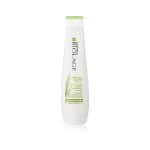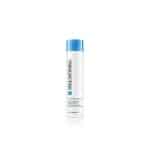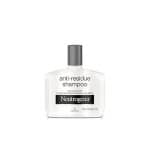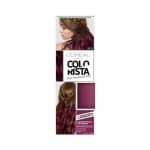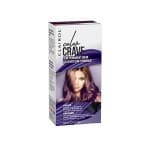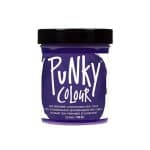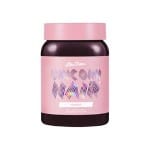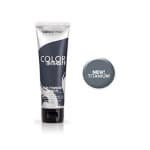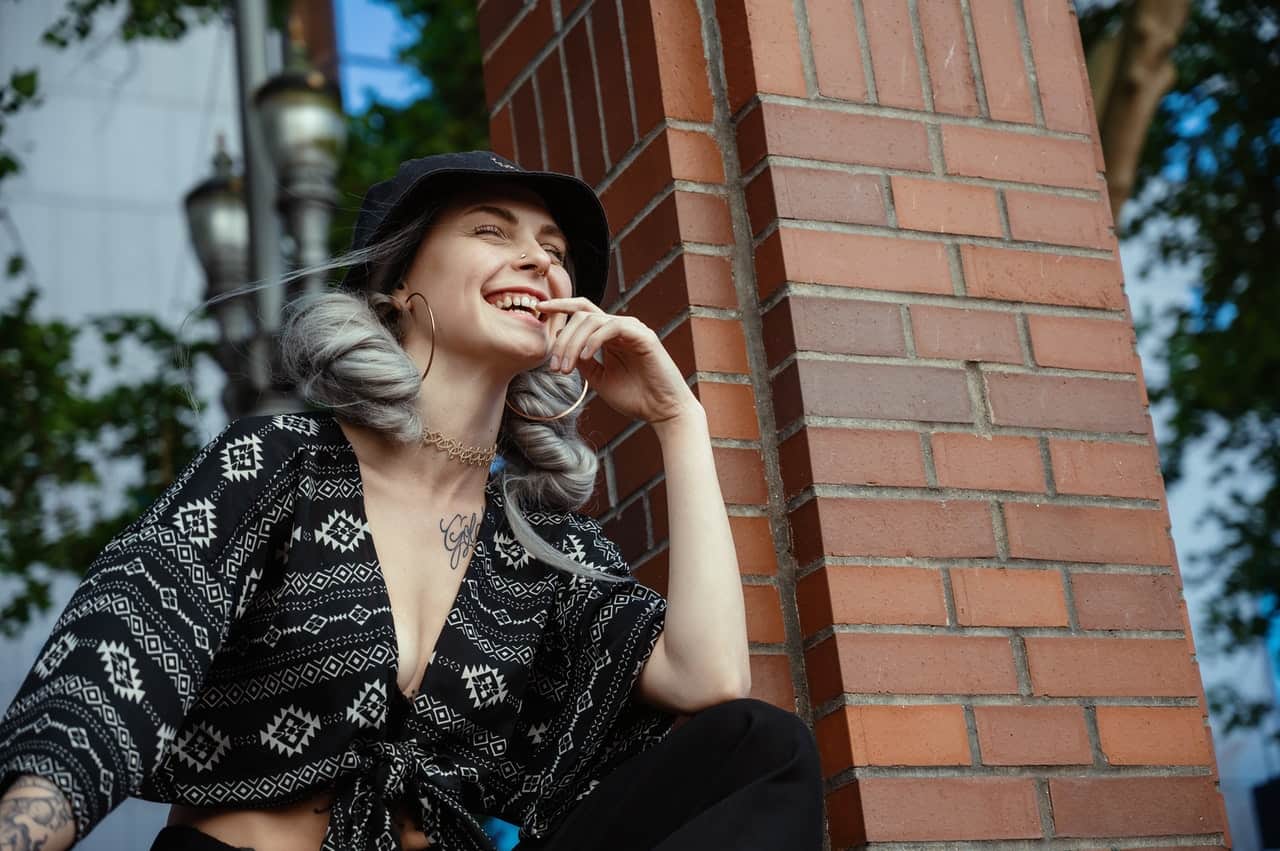Henna is a traditional way to dye hair that is ammonia free, non damaging and perfect to cover gray hair. However, it can also be a bit messy and lead to unexpected results if you don’t know how to use it. Unlike box dyes, henna for hair requires a longer process.
Table of Contents
What Is Henna Hair Dye
Henna is a dye prepared from plants such as Lawsonia Inerm, often mixed with other vegetables to achieve different colors. It has been used in Arabic and Hindi cultures to dye and condition hair, or for the ancient art of Mehndi. If you have ever seen a bride or Bollywood star wearing complex red tattoos on their skin, they likely used henna.
Henna leaves, ground to a fine powder are known as henna powder and have a red pigment. They contain hennotannic acid, which is a pigment that bonds with the collagen and keratin in skin cells and hair. Other vegetable dyes, such as indigo herb (for dark brown) and coffee and lemon (for chestnut browns) are often mixed with henna powder.
Henna also comes in blocks, which are usually dark green/brownish green color. It has a herbal, grassy smell that is not to everybody’s taste, but fades after a wash or two.
Is Henna Safe?
Henna on itself is not toxic, but it can react funnily with hair that has been previously chemically treated. Every person will get a different color using henna, and so a patch test is a must have. Choose a strand of hair that is not visible, and apply henna to it as per the instructions below. Since henna develops over the following 24 hours after application, make sure to check the strand after that time has passed.
Henna is also incredibly difficult to remove using chemical lighteners. You can wash it off with frequent applications of oil treatments for hair, but it will take time. Bleach? It won’t make henna bulge. So if you like changing your hair color regularly, or think of going back to blonde, avoid henna.
There is a product called black henna or black henna tattoos that are actually a very strong chemical. It can cause terrible allergic reactions and would make you unable to use chemical dyes in the future. Paraphenylenediamine (PPD) black henna tattoos ARE VERY DANGEROUS and are nothing to do with real henna.
Read the ingredients list before purchasing any henna powder or product. It should only contain Lawsonia Inerm and other vegetable substances. If you see PPD on the ingredients list avoid it. Some commercial henna dyes have metallic salts that can interact negatively with chemical dyes and metal bowls. Use 100% pure herbal henna to keep your hair safe, the price difference is not worth it.
How to Henna Your Hair
There are many different ways to use henna on your hair, and every person has a slightly different recipe. Overall you must keep in mind:
- Henna stains a lot. Old t-shirts, newspapers on the floor, and vaseline around your hairline are a must
- Unless you want your hands to become orange, you must use gloves
- Henna takes a few hours to work, some people advise leaving it for over 6 hours for fuller grey coverage.
- To keep henna working, you need to use cling film to wrap your head and stay in a warm room without drafts.
You will need to mix the henna powder with hot water until it gets the consistency of potato mash or brownie batter. Too liquid, and it will drip down your back. Too thick and you won’t be able to spread it evenly on your hair.
You can add sugar to your recipe to make the henna paste smoother. Some people like using black tea, or even chamomile tea to release even more pigment from the henna powder. But warm water (not boiling water) works just fine!
Unlike chemical dyes, henna is applied to clean hair. Use a clarifying shampoo to get rid of all residue and don’t apply conditioner. You want the henna dye to be able to easily reach the hair surface. Henna works by depositing pigment on the hair cuticle, so you want really clean hair. Do not dry your hair after shampooing it, henna goes on better on damp hair and it’s much easier to apply.
The easiest way to apply the thick henna paste is by sectioning your hair and applying it on layers, starting at the end of your hair. Use vaseline around your hairline and the tips of your ears to keep them clean and not orange. It is very important to apply the henna to hair in sections, because it is not as easy to spread as traditional dyes. You really want to ensure all your hair is coated, and small sections are the way to go.
This video shows how to apply henna to hair in sections.
Once you are done, wrap your hair in cling film to keep henna warm and moist until it sets. You can wash it after two hours, but the longer you leave it the deeper and more vibrant the color will be. Henna is a natural conditioner, so it won’t harm your hair. However, it is very messy so be careful where you rest your head.
Rinsing out henna paste can take a bit of time, because by this time it will have dried and your hair will feel encased in mud. Do not despair, use conditioner (a very cheap one will do nicely) and water to loosen the paste. You should keep conditioning and rinsing until there is no paste left, which can take several attempts.
Admitedly, you may find your hair still has gritty bits of henna after a few days. It is not as convenient as chemical hair dyes, but it’s so much healthier for your hair!
Right after rinsing, the color will be very bright. You may even call it orange. However, after 48 hours the color will oxydize and deepend and become a lovely, dark red or warm brown. Don’t wash your hair with shampoo for a couple of days to allow this process to happen.
You can apply henna as often as you want to deepen the intensity of the color.
How to Get Rid Of Henna on Hair
Ok, so you used henna but don’t love the results. Are you stuck with bright red hair forever? Provided you have used real vegetal origin henna without chemical additives, you can actually fix your hair.
You can use color depositing dyes to make your hair darker after using henna. This means you can’t go lighter, but you can tone down the red to brown or chocolate colors easily. But keep in mind that your hair will be much brighter during the first 48 hours, so before you run to buy a box dye I would wait and see how it develops. Non-oxidizing dyes work best, and always do a strand test. Some hennas and some chemical dyes interact and you can end up with blue hair.
You can’t bleach henna out of hair, but you can encourage it to fade using hot oil treatments on your hair. Olive oil works, just soak your hair with oil and cover it with a plastic shower cap. Apply heat with a hair dryer, and let it be for as long as you can. Wash afterwards with a clarifying shampoo to remove the oil.
Henna is a chemical free, ammonia free hair dye that can be used to dye your hair shades of red and brown. It is safe for most people, but it can be a bit messy to apply and difficult to remove. However, the conditioning effect of henna will help your hair stay healthy and cover greys.
What’s Next
We’re here to help with all your color needs, regardless of where you are in the graying process! Learn more by clicking here.


